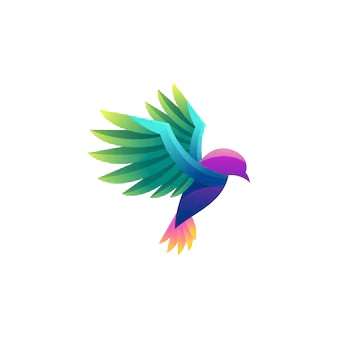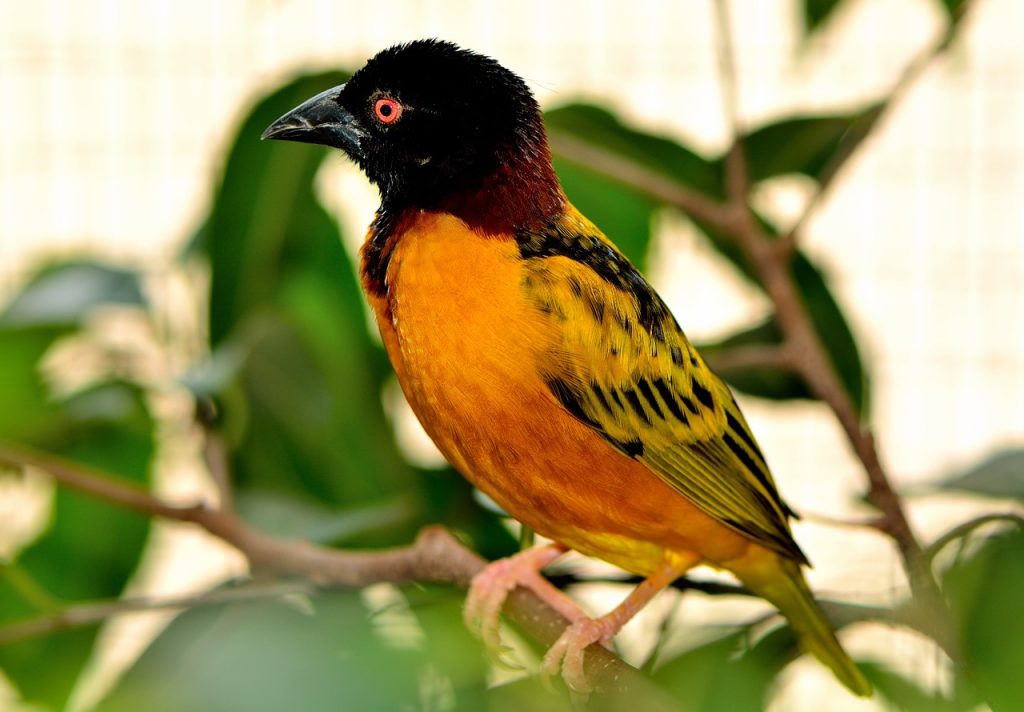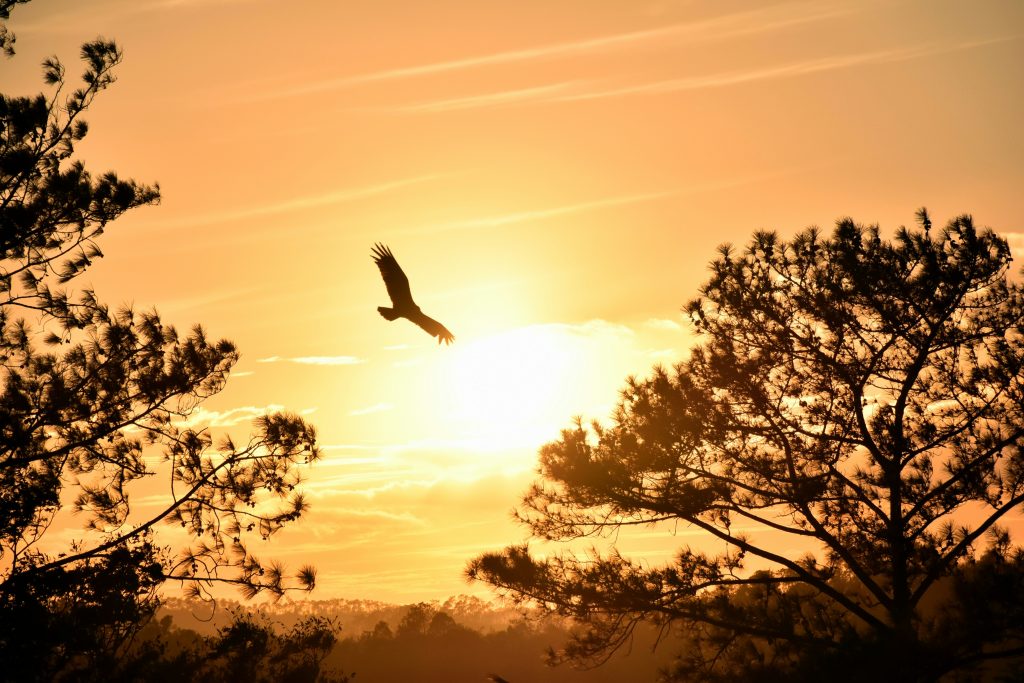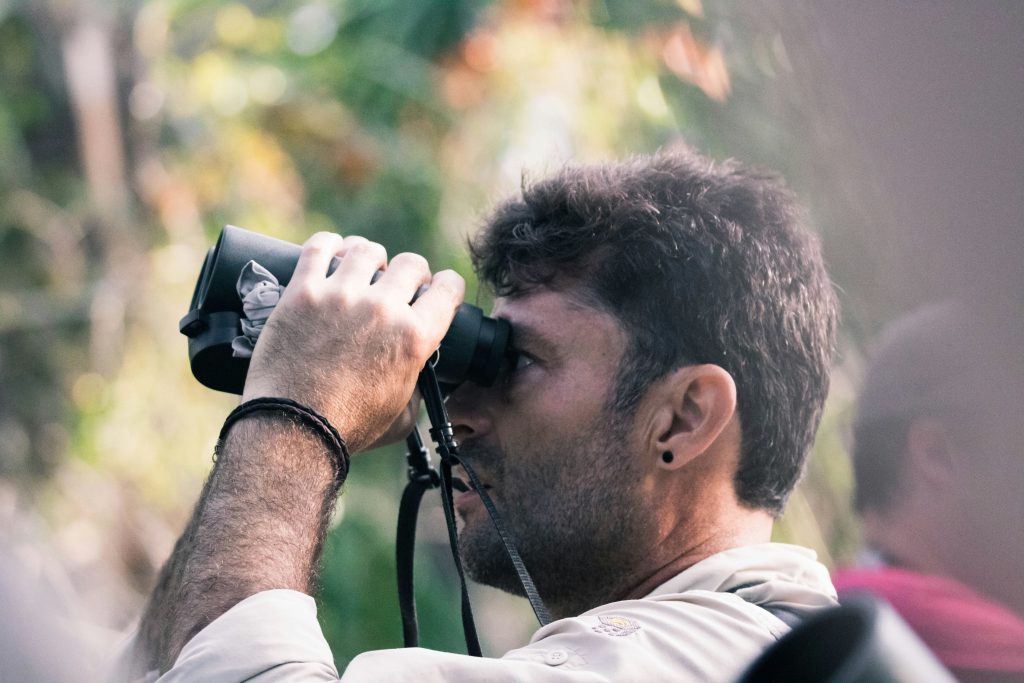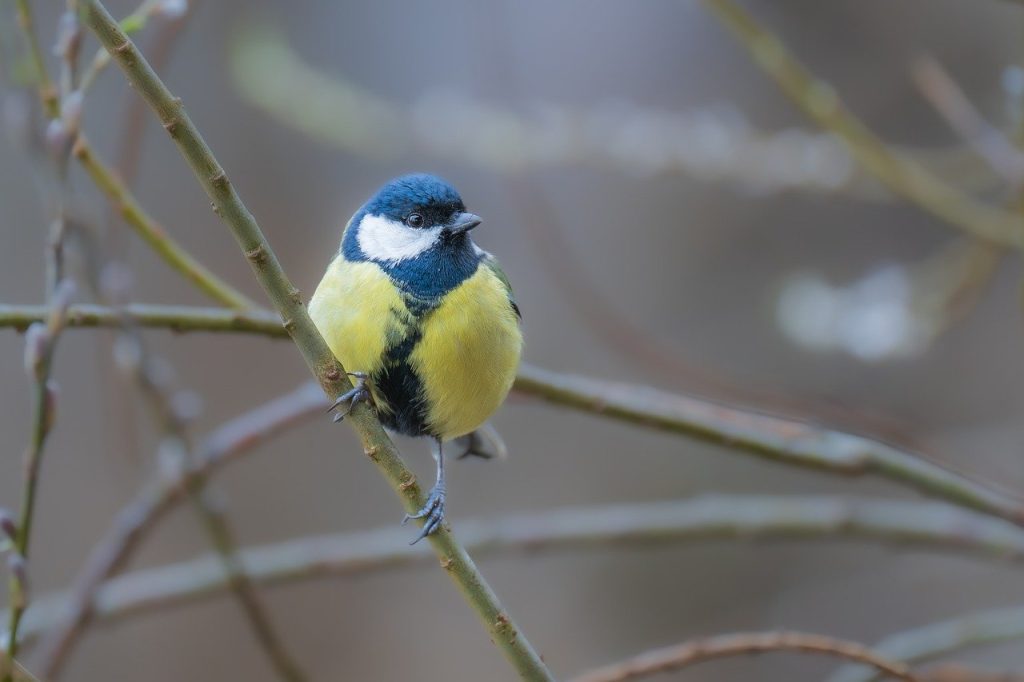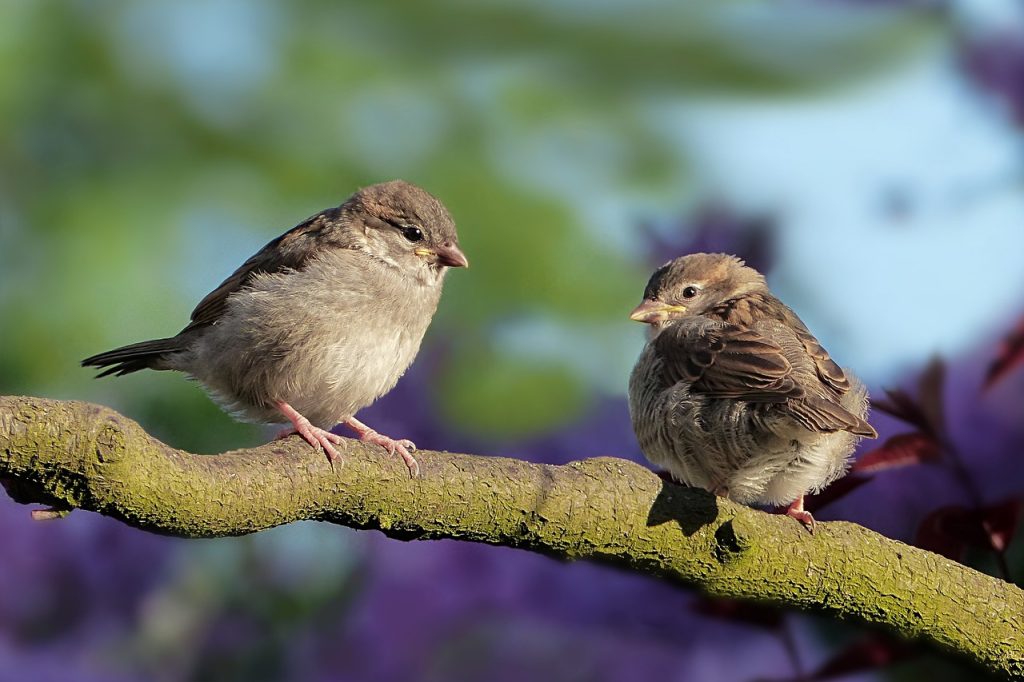Birdwatching, also known as birding, is a cherished activity that brings individuals closer to nature, offering a unique opportunity to observe the beauty and behavior of birds in their natural habitats. This guide delves into the history, essentials, techniques, and benefits of birdwatching, providing a thorough understanding of this rewarding hobby. The History of Birdwatching Birdwatching has a rich history, with roots stretching back to ancient times when birds were revered for their beauty and symbolic meanings in various cultures. The modern practice of birdwatching began to take shape in the late 19th and early 20th centuries. During this period, people started to appreciate observing birds in the wild rather than collecting them as specimens. The publication of field guides and the formation of bird conservation organizations played pivotal roles in popularizing birdwatching. Florence Merriam Bailey’s “Birds Through an Opera-Glass,” published in 1889, was one of the first guides to encourage observing birds without harming them. The establishment of organizations like the National Audubon Society in the United States (founded in 1905) and the Royal Society for the Protection of Birds (RSPB) in the United Kingdom (founded in 1889) further promoted bird conservation and education, laying the foundation for the birdwatching community we know today. Essential Tools and Techniques for Birdwatching Birdwatching is an accessible hobby that requires minimal equipment to get started, but a few essential tools can enhance the experience. Binoculars A good pair of binoculars is crucial for birdwatching. Binoculars allow you to see birds up close without disturbing them. When selecting binoculars, consider the magnification (8x or 10x) and the objective lens diameter (42mm is common). A pair of 8×42 binoculars is often recommended for beginners due to their balance of magnification, brightness, and field of view. Field Guide A field guide helps you identify bird species and learn about their characteristics, behaviors, and habitats. These guides are available in print and digital formats. Popular field guides include the “Sibley Guide to Birds” and the “Peterson Field Guide to Birds.” Notebook and Pen Recording your observations in a notebook allows you to track the birds you’ve seen, their behaviors, and any notable interactions. This practice can enhance your learning and contribute to citizen science projects. Bird Identification Apps Several apps can assist with bird identification and logging sightings. Apps like Merlin Bird ID, eBird, and Audubon Bird Guide offer valuable resources, including identification tools, bird calls, and information on birding hotspots. Birding Techniques Effective birding techniques can significantly improve your birdwatching experience: Tips for Successful Birdwatching Preparation and knowledge can enhance your birdwatching experience. Here are some tips to help you get started: Choose the Right Location Different habitats attract different bird species. Visit a variety of locations, such as forests, wetlands, grasslands, and coastal areas, to observe a diverse range of birds. National parks, wildlife refuges, and nature reserves are excellent places to start. Research local birding hotspots and ask fellow birdwatchers for recommendations. Dress Appropriately Wearing the right clothing can make your birdwatching experience more comfortable and enjoyable. Choose clothing that is appropriate for the weather and environment. Neutral colors such as green, brown, and gray help you blend in with your surroundings and avoid startling birds. Sturdy, comfortable footwear is essential, especially if you’ll be hiking or walking on uneven terrain. Be Respectful of Wildlife and Habitats As a birdwatcher, it’s important to respect wildlife and their habitats. Follow these guidelines to ensure you minimize your impact on the environment: Record Your Observations Keeping a record of your bird sightings is a great way to track your progress and contribute to bird conservation efforts. Note the date, time, location, weather conditions, and any notable behaviors or interactions you observe. You can also take photographs or make sketches of the birds you see. Many birdwatchers use apps like eBird to log their sightings and share data with the global birding community. Learn About Bird Behavior Understanding bird behavior can enhance your birdwatching experience and help you identify species more accurately. Pay attention to how birds move, feed, and interact with their environment. Learning about migration patterns, nesting habits, and seasonal changes can also provide valuable insights into bird behavior. The Benefits of Birdwatching Birdwatching offers numerous benefits, both for individuals and for the environment. Here are some of the key advantages of taking up this rewarding hobby: Physical and Mental Health Birdwatching encourages you to spend time outdoors, which can have positive effects on your physical and mental health. Walking, hiking, and exploring natural areas provide physical exercise, while the peaceful and meditative aspects of birdwatching can reduce stress and improve mental well-being. Education and Lifelong Learning Birdwatching is a continuous learning experience. As you observe different species and behaviors, you’ll gain knowledge about birds and their ecosystems. Birdwatching also encourages curiosity and critical thinking, as you identify and interpret various bird-related phenomena. Conservation Awareness Birdwatching fosters a deeper appreciation for nature and wildlife, leading to increased awareness of conservation issues. Birdwatchers often become advocates for protecting bird habitats and supporting conservation efforts. By participating in citizen science projects and contributing data to organizations like eBird, birdwatchers play a crucial role in monitoring bird populations and informing conservation strategies. Social Connections Birdwatching can be a social activity that brings people together. Joining birdwatching groups, clubs, or participating in birding events allows you to meet like-minded individuals and share your passion for birds. These connections can lead to lasting friendships and a sense of community. Connection to Nature In our increasingly urbanized and technology-driven world, birdwatching provides an opportunity to reconnect with nature. Observing birds in their natural habitats fosters a sense of wonder and appreciation for the beauty and complexity of the natural world. This connection to nature can enhance your overall quality of life and inspire a greater commitment to environmental stewardship. Birdwatching and Conservation Birdwatching plays a crucial role in conservation efforts. Birdwatchers often contribute to citizen science projects by recording their observations and sharing data with conservation organizations. This data
